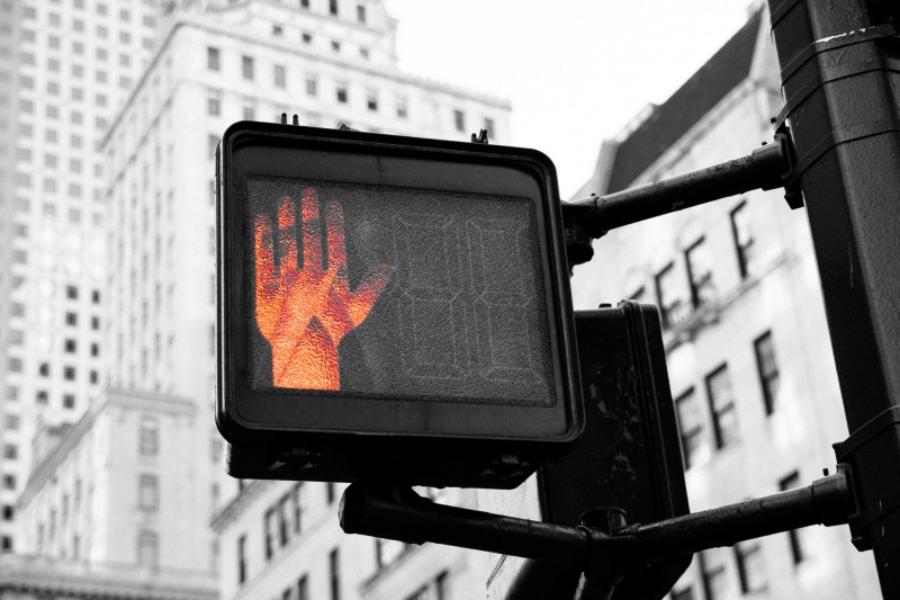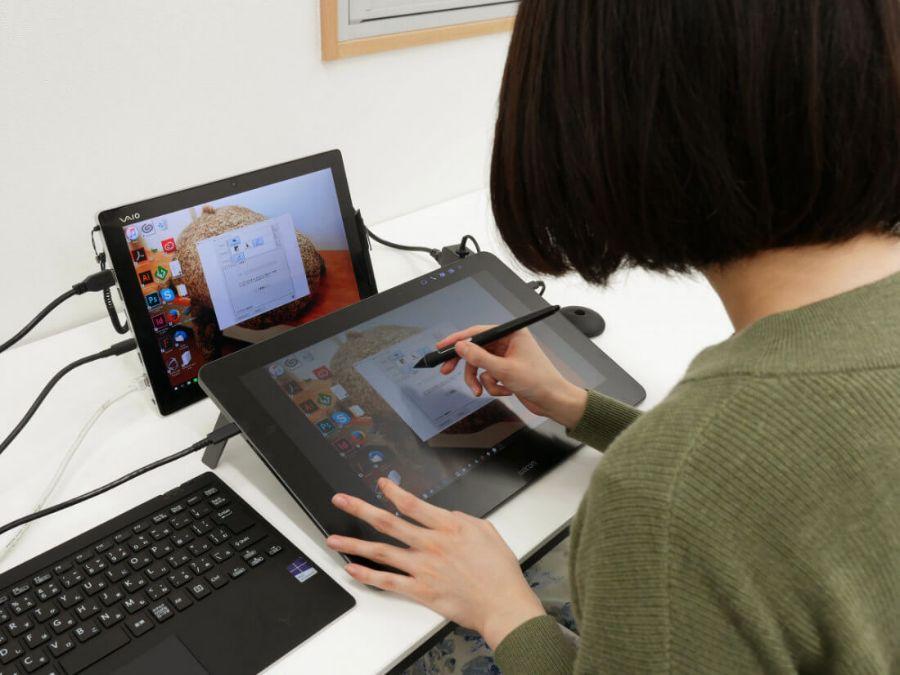Best Selling Products
9 Tips for Choosing Fonts to Create Unique Designs
Nội dung
- 1. Identify your brand personality to choose the right font
- 2. Put readability first when choosing fonts
- 3. Carefully consider technical factors when choosing fonts
- 4. Try fonts before you buy
- 5. Consider licensing and budget when choosing fonts
- 6. Keep the number of fonts to a minimum to create harmony
- 7. Do your research before choosing a font
- 8. Consider the display medium when choosing fonts
- 9. Keep it simple
- 10. Conclusion
In graphic design, fonts are not only a factor in conveying messages but also determine the aesthetics and appeal of the product. Choosing the right font can enhance brand value, create a deep impression and help viewers easily access content. With the variety of fonts available today, choosing wisely and creatively will help you create unique and impressive designs. In this article, Sadesign will introduce you to 9 tips for choosing fonts that you can apply to your design projects.

In graphic design, fonts are not only a factor in conveying messages but also determine the aesthetics and appeal of the product. Choosing the right font can enhance brand value, create a deep impression and help viewers easily access content. With the variety of fonts available today, choosing wisely and creatively will help you create unique and impressive designs. In this article, Sadesign will introduce you to 9 tips for choosing fonts that you can apply to your design projects.
1. Identify your brand personality to choose the right font
Choosing a font is more than just an aesthetic; it reflects your brand’s personality and core values. The right font can make your brand more recognizable, help create a lasting impression in the minds of your customers, and reinforce the image you want to convey. When defining your brand personality, you first need to understand your brand’s mission, vision, and values. For example, a luxury brand might choose an elegant serif font, while a youthful brand might favor a modern sans-serif font.
Darren Richardson, co-founder and creative director at Gardiner Richardson, emphasizes that fonts act as a “memory structure” in building brand recognition. He compares fonts to a brand’s signature handwriting, a visual element that helps convey a consistent identity. However, finding the right balance between uniqueness and practical factors such as cost and longevity can be a challenge.
If you’re having trouble choosing a font, consider looking at similar brands to see what typefaces they use. This research isn’t about copying, but rather about gaining perspective on how other brands are using fonts. Tools like Fonts in Use can help you see typefaces in action and evaluate how they work in different contexts. Alexandra Lunn, a brand manager, advises that fonts should be closely linked to your brand’s personality to convey a clear and consistent message.
Finally, remember that your font choice should support the creation of a strong and distinctive brand image. Each font choice should contribute to creating a positive impression that helps your brand stand out in a competitive market.
.png)
2. Put readability first when choosing fonts
Readability is the most important factor when choosing a font, especially in graphic design and communications. A font can be beautiful, but if it is difficult to read, it will hinder the message being conveyed. Grace Ellins, senior graphic designer, emphasizes that an ideal font should not only be beautiful, but also support a variety of languages. In particular, factors such as x-height and typeface variation will help improve readability at small sizes.
The importance of readability will vary from application to application. For web projects, fonts should ensure clarity and easy information hierarchy. Product designer Stan Potra also recommends that if the font is used for decorative purposes, you can get more creative, but for main content, simplicity and readability should be the top priority.
An important principle is to choose a typeface with an optimal thickness so as not to be visually overwhelming. In particular, the font should also be compatible across different devices and browsers. This will help ensure that the content remains consistent and accessible to the reader. When users feel comfortable and natural when reading, the message will be more effective.
Finally, consider the user experience. A good font not only makes content accessible, but also enhances the quality of the message, making it more pleasant for the reader.
3. Carefully consider technical factors when choosing fonts
When choosing fonts, designers need to consider not only aesthetics and readability, but also many technical aspects. A typeface can be beautiful but lacking the necessary technical elements can cause many limitations in the design. Sarah Cowan, a type designer, says that many clients have a complete brand identity but their fonts lack important elements such as italics or small caps.
Missing details like column numbers or numbers above/below the line can impact the overall quality of a product. This is especially important for brands that need to present numerical data or use text in a variety of formats.
Additionally, kerning, leading, and tracking are also important in creating a balanced layout. Design expert Khurram Shahzad emphasizes that paying attention to these elements will help your text look uniform and aesthetically pleasing.
For web design, font loading speed and consistent display across multiple devices are also important to consider. This is to avoid display errors that can affect the user experience. In conclusion, carefully evaluating the technical factors when choosing fonts not only enhances aesthetics but also ensures that your design works effectively across multiple platforms.
.png)
4. Try fonts before you buy
Choosing a font isn’t just about looking at a typeface and judging its style, it’s also about getting it right in real life. Many typefaces may look perfect at first glance, but when applied to real projects, they can reveal limitations like uneven letter spacing or a lack of necessary variations. Daan Hornstra, co-founder and lead designer at TIN, stresses the importance of “trying before you buy” to ensure you make the right choice.
Before you invest in a typeface, download free trial versions from reputable vendors. Use design tools like Figma or Illustrator to create a visual dashboard, test out the typefaces at different sizes and weights, and place them in real-world layouts. This will not only help you evaluate how well the font fits your project, but also allow you to compare multiple options before making a final decision.
In addition to visual testing, consider how the font interacts with other elements in the design, such as color and imagery. A font may be beautiful, but if it doesn’t blend well with the rest of the design, it can feel disjointed. So, hands-on testing will help you avoid costly mistakes and ensure that the font you choose not only looks good, but also works well in the context of your design.
5. Consider licensing and budget when choosing fonts
Choosing a typeface is not just about finding an aesthetically pleasing typeface, but also about financial and licensing considerations. This is an important but often overlooked aspect that can lead to unexpected costs. Many designers have found themselves in situations where they had to adjust or abandon a design because licensing costs exceeded their original budget.
Leigh Whipday, co-founder of ToyFight, shares an experience: “We introduced a typeface that the client loved, only to find out the licensing costs were $20,000 just because their website had a million hits per month.” To avoid similar problems, you need to have a clear strategy when choosing fonts.
First, double-check the license before using it in commercial projects. Many fonts are advertised as “free” but are actually restricted to personal use only. Second, set a budget early on. Consider costs beyond the initial purchase price and potential future fees.
If licensing costs are prohibitive, consider alternatives. One option is to design your own typeface, as Leigh Whipday and his team did. Finally, be clear about font costs with your client up front, to avoid financial awkwardness down the road. This transparency not only builds trust, but also makes the collaboration process easier.
.png)
6. Keep the number of fonts to a minimum to create harmony
In design, combining multiple fonts can create visual interest, but if left unchecked, it can make a layout look confusing and inconsistent. A well-constructed typography system can help your design appear more coherent, professional, and approachable. Alexandra recommends limiting your font choices to two to three complementary typefaces.
Using bold fonts for headlines creates emphasis, while lighter fonts make the main body of the text easier to read. This not only helps maintain balance in the design, but also helps define the brand’s style. This approach is also used by many experienced designers, such as design director Mason Brownlow, who was inspired by the approach of renowned graphic designer Aaron Draplin, who adheres to the philosophy of using specific typefaces.
While the minimalist approach may not be for everyone, it emphasizes the value of consistency in a typographic system. Too many typefaces without a clear direction can distract from the message, reducing the viewer’s focus. Keeping the number of fonts to a minimum will help create a harmonious, accessible design that makes a stronger impression on the viewer.
7. Do your research before choosing a font
When choosing a font, thorough research is an essential part of the design process. Design director Olly Sussams emphasizes that each typeface choice should be made with a rationale, rather than simply grabbing a font off the shelf without consideration. Research not only broadens your design thinking, but also ensures that the font you choose fits into your overall concept and brand strategy.
One important step is to keep an eye on trends, but also avoid following what’s already popular. Olly suggests looking at what’s popular and considering going in a different direction. Instead of choosing a typeface that’s too mainstream, explore the archives for unique styles that inspire you. Independent type studios often produce creative takes on the popular typefaces, and studying them can help you find unique options.
In addition to trends, it is important to understand the historical context of typefaces. Each typeface was created in a specific time period, reflecting the design needs of that era. Understanding the history of typefaces will not only help you make informed decisions, but will also create a stronger connection with your target audience. Ryan Grandmaison, a motion graphics designer, recommends learning about the history of typefaces to help narrow down your choices and make better decisions. Fonts are not just visual elements, but also an important part of a brand’s story.
.png)
8. Consider the display medium when choosing fonts
When choosing a font, you need to consider the environment in which it will be used. A typeface may look great in print but lose its legibility when displayed on a screen, especially on small devices like mobile phones. Khurram Shahzad once made the mistake of choosing a handwritten typeface for an advertising campaign. While it looked perfect in print, when deployed on a mobile platform, the typeface became difficult to read, reducing the effectiveness of the message.
Each display medium has its own requirements for type. In print, fonts can have fine details and varying line weights while still maintaining legibility. However, on digital screens, especially on websites or apps, fonts need good contrast and clear characters. Testing your type in real-world settings such as phone and tablet screens or printing on a variety of paper types will help you better assess suitability.
Testing across multiple platforms before you commit to using them will help you avoid mistakes that can impact user experience and content delivery. Ensuring that your fonts not only look good but also work well in all conditions will help you create impressive and effective designs.
9. Keep it simple
When it comes to choosing fonts, simplicity is often the key to effective design. A typeface may be striking in the moment, but if it doesn’t fit the brand or its intended use, it will quickly become outdated. Katie Ehrlich, a graphic designer and photographer, encountered this situation when she proposed a variable typeface for a client’s brand guidelines. While the typeface had a lot of creative potential, the client rejected it because they felt it was unnecessary.
Simplicity does not mean a lack of sophistication. Rather, it is the optimization of typography for legibility and brand recognition. A typeface that is stable and easy to use in a variety of contexts is always more valuable than a complex choice for aesthetic reasons. When choosing a font, ask yourself whether it is really necessary and will serve the needs of the project.
Keeping the number of fonts to a minimum helps create a harmonious and accessible design. A well-constructed font system helps to make the message clearer, thus making a strong and lasting impression on the target audience. Staying away from complex typefaces and focusing on simplicity will help you achieve better and more effective designs.
.png)
10. Conclusion
Choosing a font is an important step in the design process, and it has a huge impact on how your audience perceives and receives your message. By applying the tips we have shared, you will be able to create more unique, relevant, and engaging designs. Always remember that fonts are not just a visual choice, but an integral part of building your brand identity. Good luck in creating impressive designs!












































